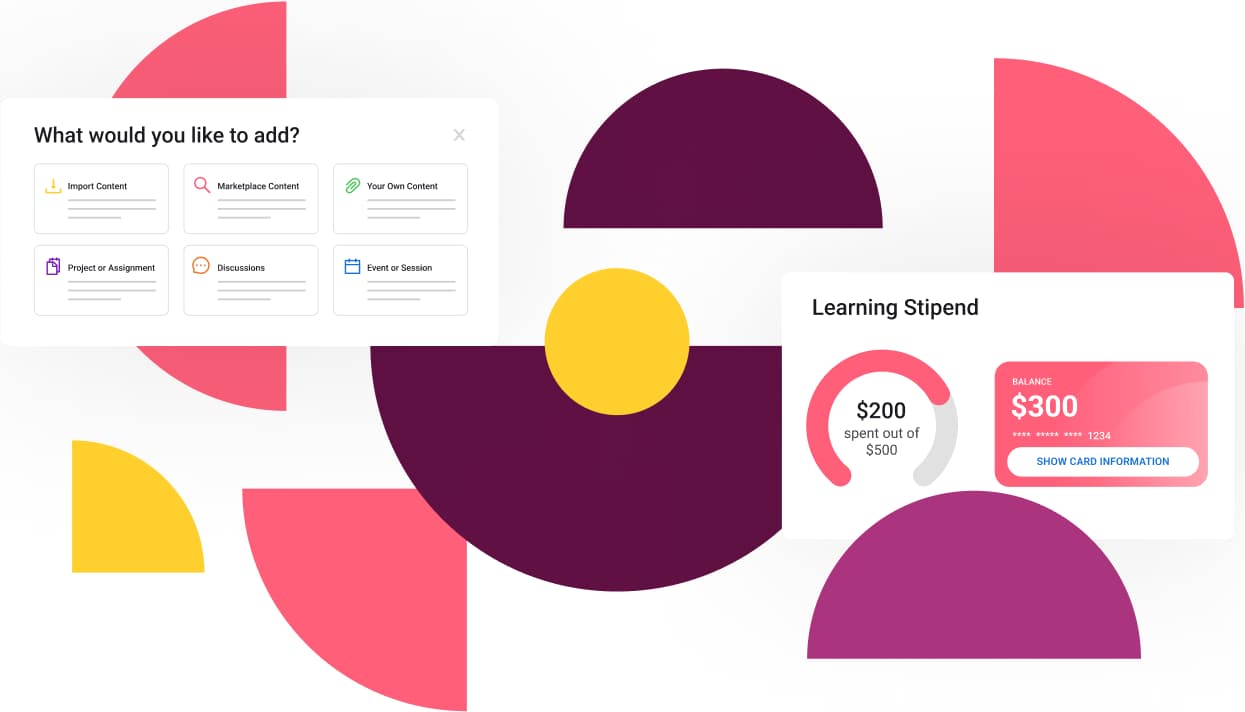Amid Historic Turnover, Employees Want Education
With so much turnover over the past year, it has become increasingly clear that employees want different things from their employer to stay longer and stay engaged. At the top of the list is education.
The Society for Human Resources Management (SHRM) noted employers of a pending “turnover tsunami” as hiring resumes, and the pandemic recedes. The numbers are daunting. Prudential’s Pulse of the American Workforce survey found that 26 percent of workers are looking to change jobs in 2021, while research by the Achievers Workforce Institute found 52 percent of employees will seek new opportunities.
SHRM issued its warning in March 2021. Then a record four million people quit their jobs in April 2021. It looks like the tidal wave has begun.
Learning Beats Salary
What’s behind the exodus? Prudential found that 80 percent of those switching jobs are doing it because they’re concerned about their career advancement, and 72 percent want to switch jobs to get new skills. Career advancement and new skills are two sides of the same coin. Employees want to learn.
Few companies can afford to lose 25-50 percent of their workers. It’s not just that replacing someone costs about 30 percent of a worker’s annual salary. There may be no replacements available.
Those of you who are offering advancement and skill development have less to fear. Research by the human capital management platform Ceridian found that 30 percent of employees will stay with a company that offers clear paths to advancement, and 43 percent would consider a lateral move if it provides development opportunities. This data follows a study by LinkedIn that found 95 percent of workers would stay on the job if the company invests in their growth–ranking the benefit higher than a raise.
2x Training + 65% Better Retention
“It’s no accident that the companies who consistently make such lists as the ‘100 Best Companies to Work For’ tend to provide extensive training for employee career development,” said Talent Culture founder Meghan M. Biro. Her article is aptly titled “Learning or Leaving: Why Employee Development is Key to Retention. She cites a study that found Fortune’s top employers provide nearly twice as many training hours than other companies, with 65 percent lower turnover.
Ceridian’s research found that 77 percent of employees said they wanted more learning opportunities, but just 40 percent are getting those opportunities. “When we asked employees what their primary source of learning would be to further their skills over the next five years, the top two answers were that they’d take advantage of programs offered by their employers,” the report said.
It’s not enough to offer some online courses. Employees want guided, curated learning journeys aligned with personal and professional goals. “To meet employee needs and bolster their talent marketplaces, companies can build out more fulsome learning and micro-credentialing offerings,” Ceridian said. “The agenda for learning should also include other
areas of training, company-wide. Building digital acumen, equipping employees with the metaskill of learning how to learn, and developing soft or “power” skills will allow organizations to better thrive and succeed as jobs inevitably continue to change.
Not Your Father’s Training
“The employer must now take responsibility for becoming a different type of educator,” futurist and author Alexandra Levit told Ceridian. “Corporate learning organizations that base their strategies on modern employee traits and capabilities as well as real-time business requirements – and power their initiatives with intelligent HCM technology – are more likely to be successful today and during future disruptions.”
Ceridian’s recipe for success: “deliver what employees truly want out of work.” Steps companies should take include:
- Invest in the broader employee experience
- Listen closely to employees and reinforce purpose
- Meet employees’ individual growth needs
- Provide technology that enables autonomy and smarter work
- Offer multi-path growth opportunities and new challenges
- Make the learning infrastructure central to everyday work
Look Ahead
“Company leaders are still knee-deep dealing with the pandemic, but they have to look ahead to fend off a talent tsunami,” Melissa Jezior, president and CEO of Eagle Hill Consulting, told SHRM. Her research echoes others’, finding 57 percent of workers are ready to move on. Start by identifying future needs, not just current vacancies. “There is a knee-jerk reaction that often happens when managing turnover,” she said. “Companies default to backfilling roles with the same skills. But bouncing forward means identifying and cultivating new skills through upskilling, reskilling and in hiring practices.”
Written By:
Deeps Ramanathan, CMO, Learn In

About Learn In
Learn In helps companies establish talent academies that steer all the resources needed for building an always-skilled workforce. HR, Talent and L&D leaders use Learn In to modernize access to learning budgets and world-class programs, and to simplify the delivery of custom programs to employee groups. Learn In’s core features include a tuition benefits manager, a prepaid learning stipend card, a world-class program marketplace and custom program builder, and dedicated coaching. Now every employee can build deeper skills precisely aligned to company needs. Co-founded by the founders of Degreed, Learn In is backed by leading edtech & future-of-work investors, including Firework Ventures, Kickstart Fund, GSV, Album, and Village Global, and has been covered in CNBC, USA Today, EdTechReview, EdSurge, and Techcrunch.
For more insights, follow us on LinkedIn, or subscribe to our newsletter to stay in touch.
